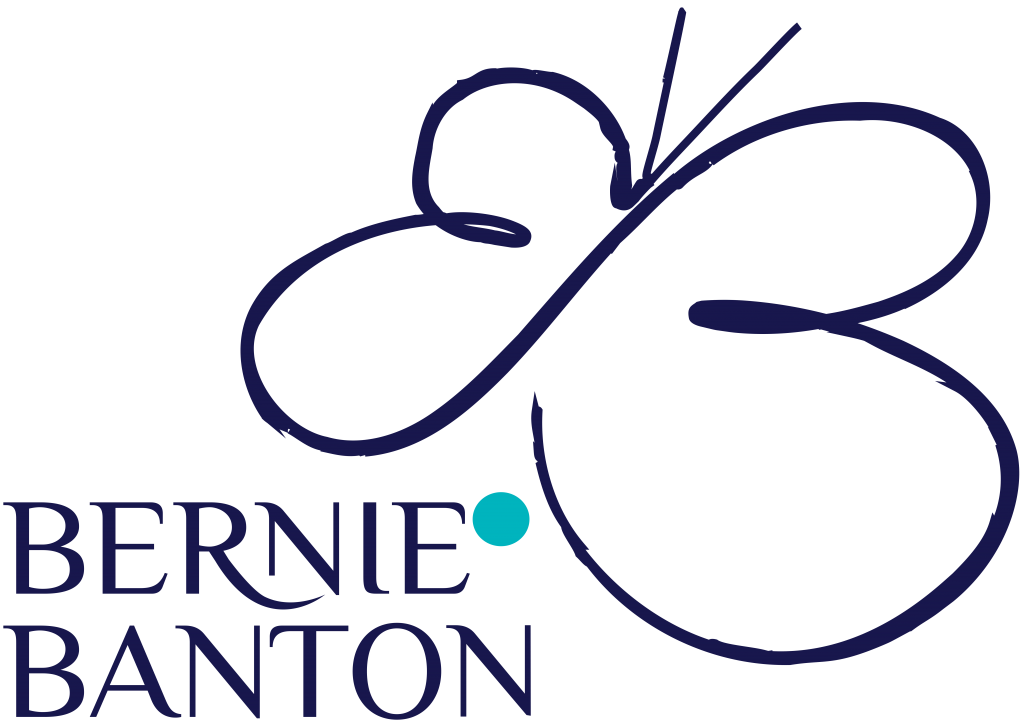There are in excess of 3000 known processed asbestos products and materials. Asbestos products are manufactured in two forms – friable asbestos and non-friable asbestos containing materials. It was also sold in a raw (friable – loose) form as ceiling insulation under the guise of Mr Fluffy Asbestos Insulation in, and around the ACT, and parts of NSW Australia. Since the 1st of January 2004 the use of all forms of asbestos has been banned in Australia, but it is still used in manufacturing in many other countries.

Non-Friable (Hard-Bonded) Asbestos
Over 97% of the asbestos products used in Australia was non-friable material in which the asbestos fibres were bonded by cement, vinyl, resin or other similar material.
This form of asbestos product/material is quite safe unless damaged, sawn, drilled, sanded, crushed or is excessively weathered; if any of these occur, then non-friable hardbonded asbestos products may release fibres and become friable.
The first image shows corrugated asbestos sheet roofing with signs of weathering. The second image is broken asbestos cement fence sheet showing the asbestos bonding materials. This needs to be made safe to minimise additional fibre release. The third image shows a splash back panel with tiles over asbestos sheet.
Friable (Loose Fibrous or Soft Bonded) Asbestos
Friable asbestos means any raw (loose or in natural form) asbestos; or asbestos containing material/product that can be crumbled, pulverised, or reduced to powder by hand pressure – such as: loose or fibrous backing to floor coverings; insulation in ceilings; sprayed on, or spongy insulation common around pipework, boilers etc.; rope insulation material; or material that is already in a loose fibrous form. This may also include previously non-friable (hard-bonded) asbestos containing material that becomes broken or damaged by mechanical force.
Friable asbestos is extremely dangerous and may only legally be handled by a licensed asbestos removalist!
As a general rule – If the asbestos containing material can be easily disturbed and become air borne – by the effect of a breeze or simply creating a breeze by walking past it – it is in a friable state.
The fourth image presents examples of friable rope and lagging. The last example is a woven asbestos fire blanket.
Note: Non-friable (bonded) asbestos has the potential to become equally as dangerous as friable asbestos, a distinction should never be made because of the type, colour or form of asbestos – all types, colours and forms of asbestos have the potential to kill people!
Asbestos products were/are very versatile, they can be easily moulded, shaped, cut drilled or painted. There is no conclusive on-site testing for the presence of asbestos.
Asbestos products can only conclusively be determined through laboratory testing following sampling.
If you think any building material, a product or an item is asbestos, or contains asbestos – treat it as though it does contain, or is asbestos until proven otherwise through laboratory testing.
Breathing in asbestos dust can be deadly and may kill you!
There is no known safe level of exposure to asbestos fibres/dust!


